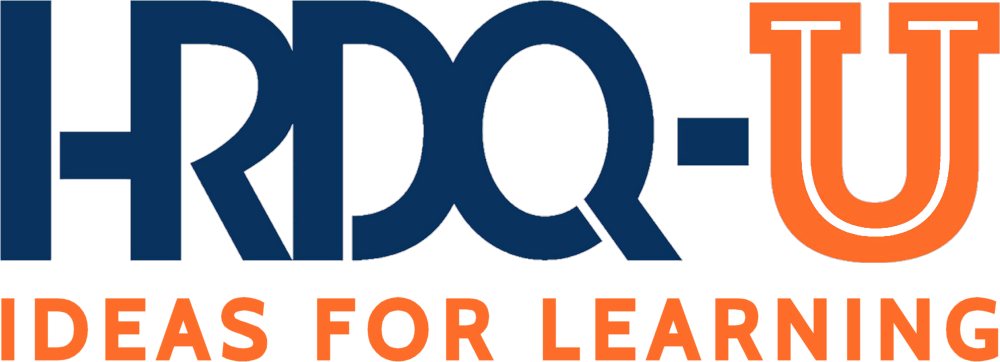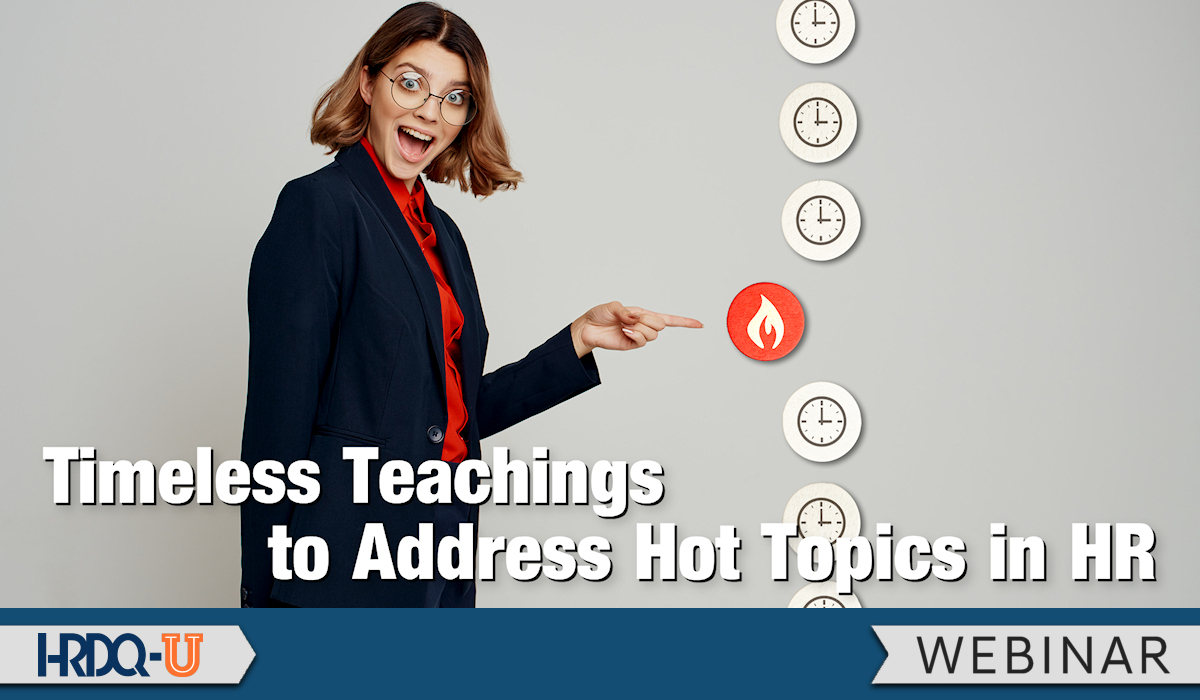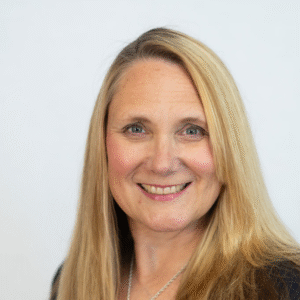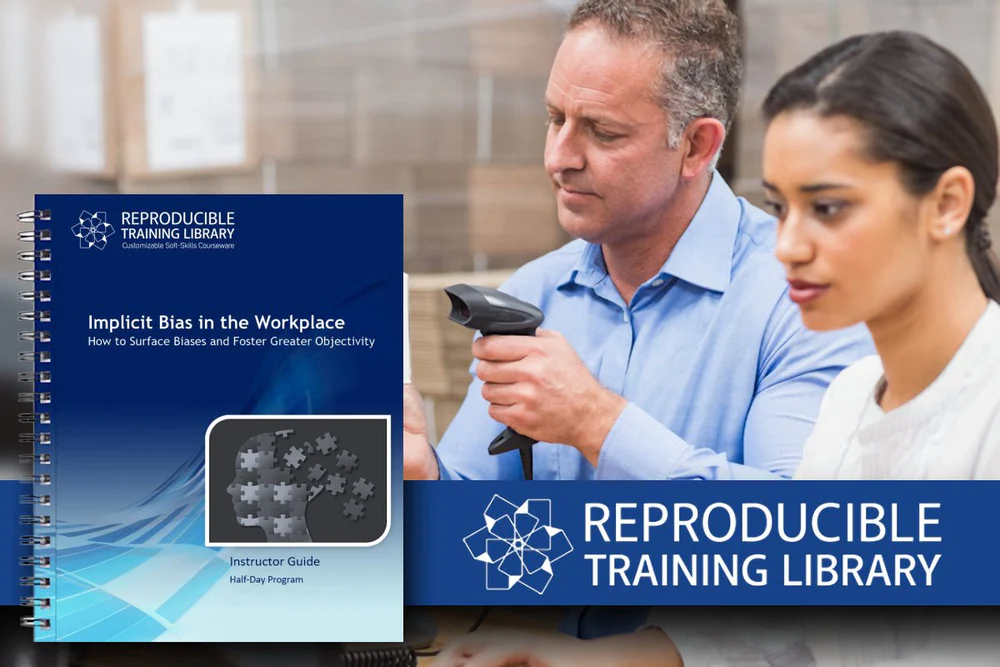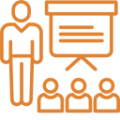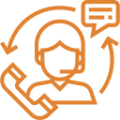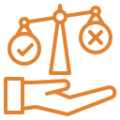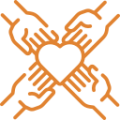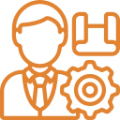Breaking Down DEI: Diversity, Equity, and Inclusion
Let us first break “DEI” down. D for Diversity, E for Equity, and I for Inclusion.
Diversity: Beyond Immutable Characteristics
Diversity is a good thing if we are seeking diversity of experience, education, thought, etc. When we seek to diversify our talent base only on immutable characteristics like sex, race, or skin color, then that is a problem. Nobody should be given more or less opportunity based on inherent characteristics that one has no control over. From a U.S. Equal Employment Opportunity Commission (EEOC) perspective, it is illegal to make hiring and promotion decisions based on immutable characteristics, but the EEOC goes even further:
“The U.S. Equal Employment Opportunity Commission (EEOC) is responsible for enforcing federal laws that make it illegal to discriminate against a job applicant or an employee because of the person’s race, color, religion, sex (including pregnancy, childbirth, or related conditions, transgender status, and sexual orientation), national origin, age (40 or older), disability or genetic information.” (EEOC.gov)
Thus, it is clear that giving one group of individuals preferential treatment in order to diversify an organization’s workforce is illegal.
Equity: The Move from Fairness to Equal Outcomes
Equity, as a term, is defined as “Fairness or justice in the way people are treated” (Merriam-Webster). That sounds good and true, and most humans believe all people should be treated with fairness and justice. However, the word has been distorted in DEI circles to mean equal outcomes. Equal outcomes are not possible, nor an admirable goal. Individuals vary in intellect, work ethic, physical abilities, etc., and as such, outcomes will vary. All people should have equal opportunity, but outcomes cannot, and should not, be promised. In addition, “Equity” is the root of hiring and promotion quotas, which are also illegal based on the EEOC statement.
Inclusion: The Challenge of Full Representation
Inclusion is the final component of DEI. Inclusion is defined as the act of including someone or something as part of a group, list, etc., or a person or thing that is included (Cambridge Dictionary). Again, the concept is in and of itself not a bad thing. However, full inclusion is not possible in our fallen world. Additionally, the word has morphed into the following definition:
“The act or practice of including and accommodating people who have historically been excluded (as because of their race, gender, sexuality, or ability)” (Merriam-Webster).
This understanding of inclusion goes against the EEOC directive, as employees and prospective employees should not be discriminated against based on the above characteristics or status. Giving preferential treatment based on these characteristics/status is the same thing as illegal discrimination.
Expert Perspectives on the Legality of DEI
In the spring of 2024, I had the privilege of bringing in three respected figures, as a part of the Busch School of Business HR Speaker Series, who shared their legal expertise as to why DEI is indeed illegal (Busch School, People and Organizations Website):
- Roger Severino, former director of the Office of Civil Rights at the U.S. Department of Health and Human Services, highlighted then-recent cases of Harvard and UNC to discuss the illegal aspects of DEI. His legal analysis of the cases demonstrated why organizations need to move away from DEI practices.
- Andrea Lucas, EEOC Commissioner, shared her expertise on the legal pitfalls of DEI and how to best protect your organization by implementing best practices in alignment with the EEOC directives.
- Patrick Kenneally, former state attorney, further developed case law pointing to the concerns with the legality of DEI programs.
Fast forward from the spring of 2024 to January 2025, and we saw numerous Executive Orders announced, requiring organizations to cease all practices of DEI in the workplace. Although the courts will probably battle these EOs for some time, there is much precedent demonstrating the concerns with the legality of DEI programs, as noted by Severino, Lucas, and Kenneally.
Moving Beyond DEI Toward The Dignity of the Worker Framework
So where does that leave us?
Do we want fair workplaces? Yes – let us aim for “justice.”
Do we want workplaces made up of people with varying backgrounds and experience? Yes – let us aim for “participation.”
Do we want people to feel included? Yes – let us aim for “unity.”
How do we do this? I espouse the approach that we take at The Busch School – The Dignity of the Worker Framework. It is an approach that works to address these difficult issues associated with DEI in the workplace and to practice dignity-centered human resource management. In my next blog post, I will introduce you to the basics of The Dignity of the Worker Framework.
